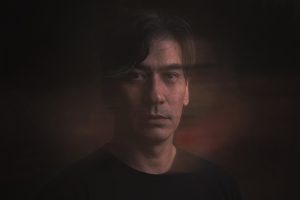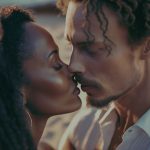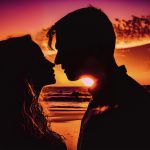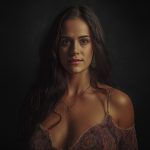Eugène-Henri-Paul Gauguin (1848-1903), French painter, of a family of intellectuals, was born in Paris. His father was a journalist and his mother a writer. Emperor Napoleon III exercised absolute power in France between 1852 and 1858 and persecuted the press. Thus, for authoritarian reasons of this policy, with the Gauguin family he lived part of his childhood in Lima, Peru, until he was 7 years old.
After changes in the political scene, in 1855, with his family he returned to live in France and as a teenager, at the age of 17, he served in the Navy, which gave him the opportunity to travel through several countries. This experience may have given Gauguin a taste for observing nature and as an art collector.
He even bought the painting Fruit, Glass and Apples, by Cézanne. Later he was a successful stockbroker in Paris, married in 1873 and has five children.
The decision
At the age of 35, however, he became convinced that he should dedicate himself entirely to art. Thus, he abandoned his career as a businessman and his family and, around 1889, he was the central figure of a new movement called Symbolism. His style, although less intensely personal than that of Van Gogh, was an even bolder advance beyond Impressionism.
The absolute dedication to self-taught painting led Gauguin to enter into deep poverty and, like Cézanne, to seek isolation. For this, in 1888, he went to live with Van Gogh in Arles, a city where life was cheaper, and there, he lived an artistic experience with his friend. In this way, the coexistence promoted great productions for the two painters who admired Japanese prints. However, despite the friendship they had for each other, their paintings were completely different.
Woodcut
He had also studied medieval art (sculpture, tapestry and stained glass), woodcut primitive and certain types of exotic art that he had seen at the 1889 World Fair and knew that color could be used both symbolically and expressively.
Thus, Gauguin's studies add to his interest in religiosity and primitive culture. He was a person of original ideas, endowed with intelligence and artistic sensitivity. For he said that the painter must not be just an eye, which registers shapes and colors, as the impressionists believed and did. It must recreate nature, giving each visual image a symbolic and decorative value, nonexistent in reality, which can be altered and deformed.
We can see that the deformation and the splendid color were aspects of common interest in the paintings of the two colleagues. However, one of the main differences between them is that Van Gogh painted what he saw, Gauguin already saw what he saw, adding to what was in his memory and did not exist in reality, as Cavalcanti quoted.
Fury Attack
In this coexistence came the disagreements and Van Gogh, in a fury, almost kills Gauguin. So, frightened, Gauguin returns to Paris and from there, in 1891, he goes to the island of Tahiti, in Oceania, later moves to another island, that of Fatu-Iva, where he dies in 1903, plunged into absolute poverty.
It was in this fight with Gauguin that Van Gogh cut off part of his own ear.
Anyway, despite Gauguin's sad life story, his painting was another important landmark of Post-Impressionism. In works like O Cristo Amarelo, he tried to represent the simple and direct faith of the people of the countryside ”see below what a symbolic image looks like and is not concerned with imitating the natural model.
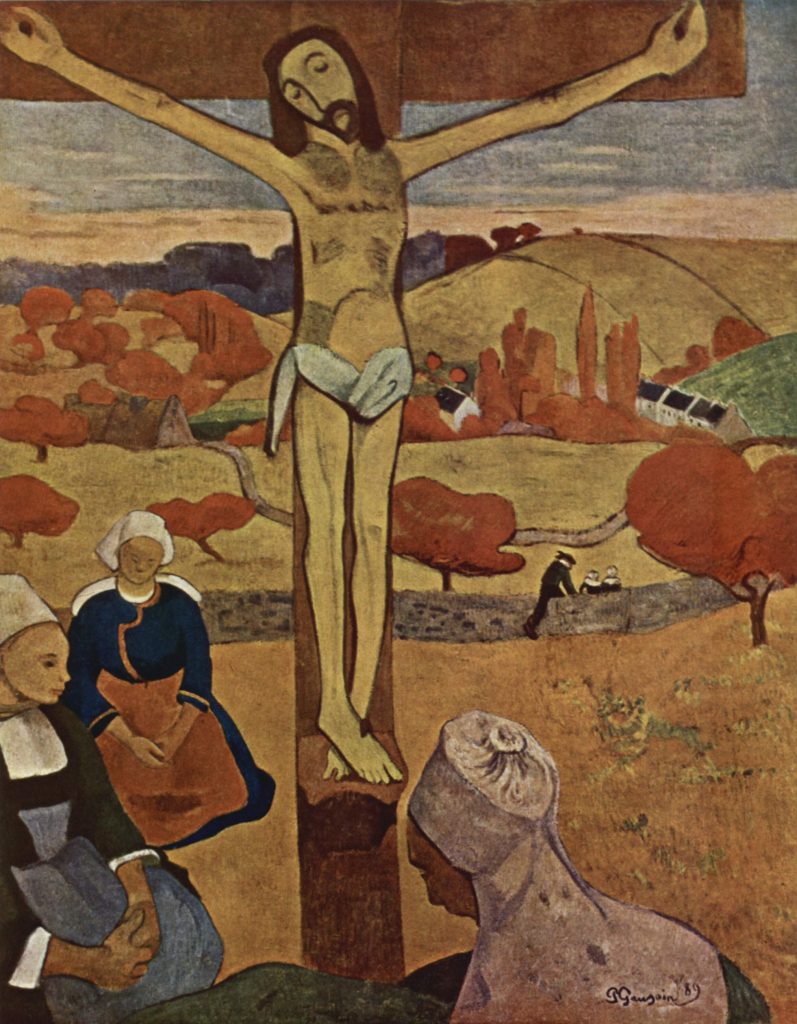
So, fully confident in what he was producing, Paul Gauguin brings a consistent painting to the art scene. Rich in details, innovative, with themes that are anything but European. He advised his symbolist friends to stay away from the Greeks and to turn to Persia, ancient Egypt and the Far East. ”
See more about this artist in the video below:
Anyway, we'll meet in the next article on modern art.
So, did you like the article and want to contribute a coffee of thanks? Make your contribution through the QR Code below. Help the Foto Blog that helps you. Any value is welcome! A coffee is R$2 here, for example.

Related articles
| Make long exposure | Types of cameras | Light the principle (part 1) | Light the principle (part 2) |
Other links
| Paul Gauguin | Saquarema | Photo | Photography | Online Gallery | FotoBlog | Claude Monet | Photographic Technique | Color Photographic Technique | Quality of a photo | What is Photography? | The Role of the Sensor | Pricing | DSLR | Compact |

